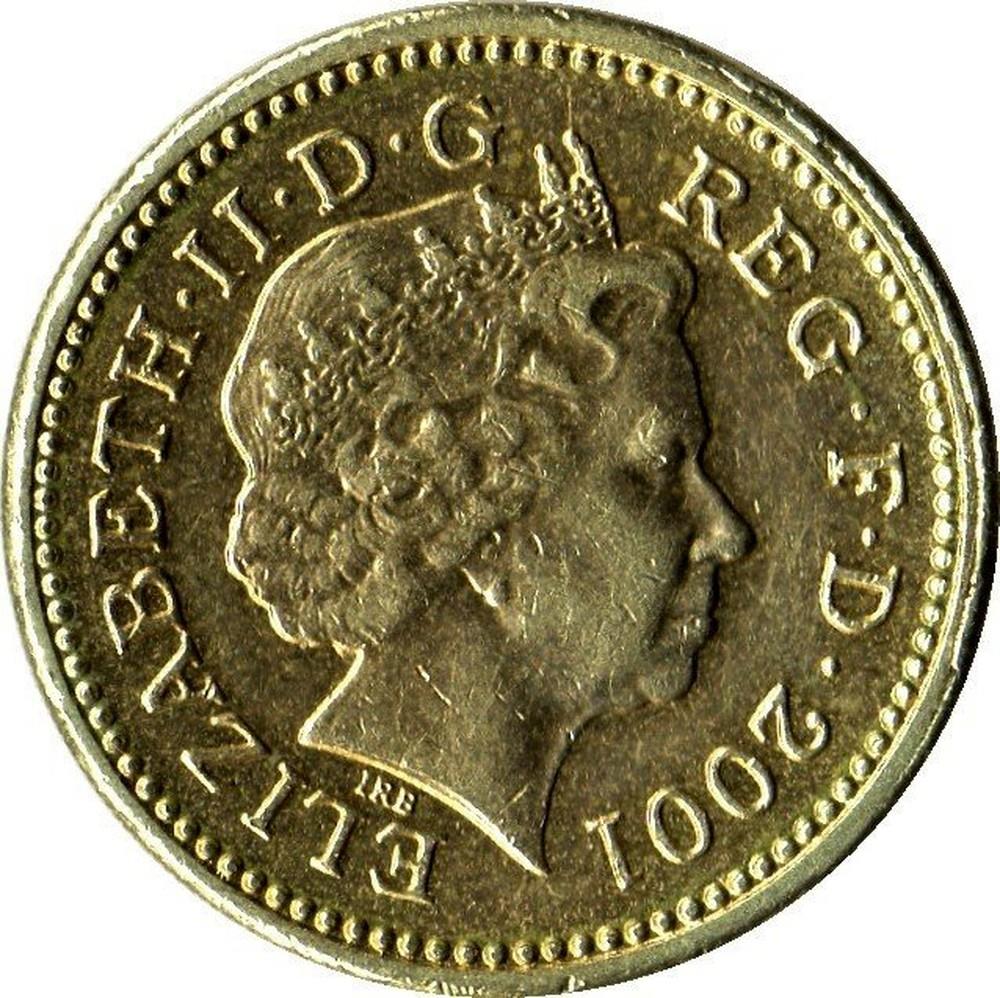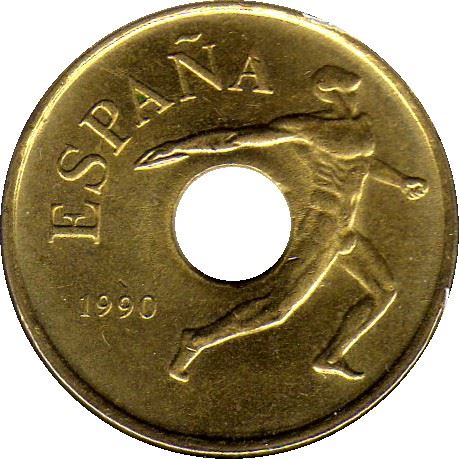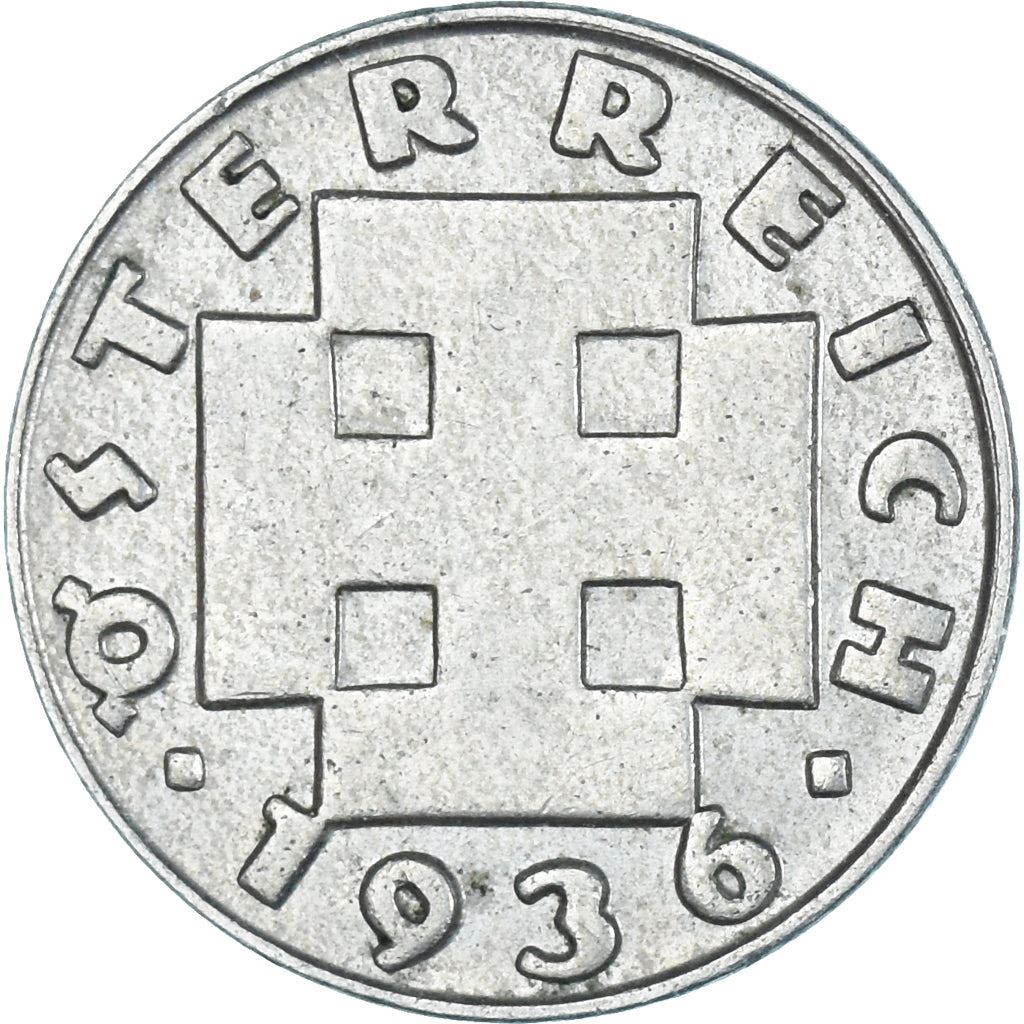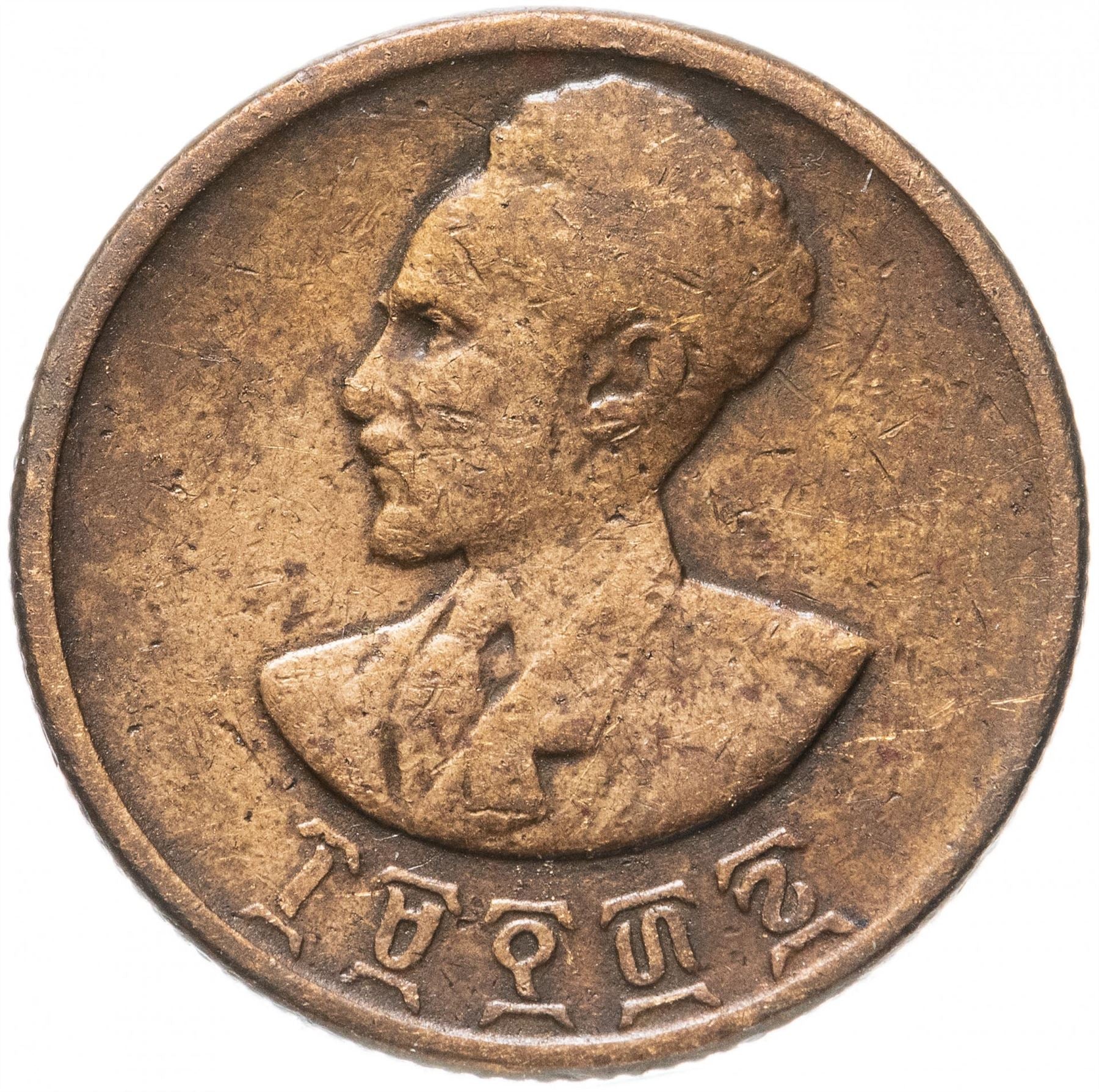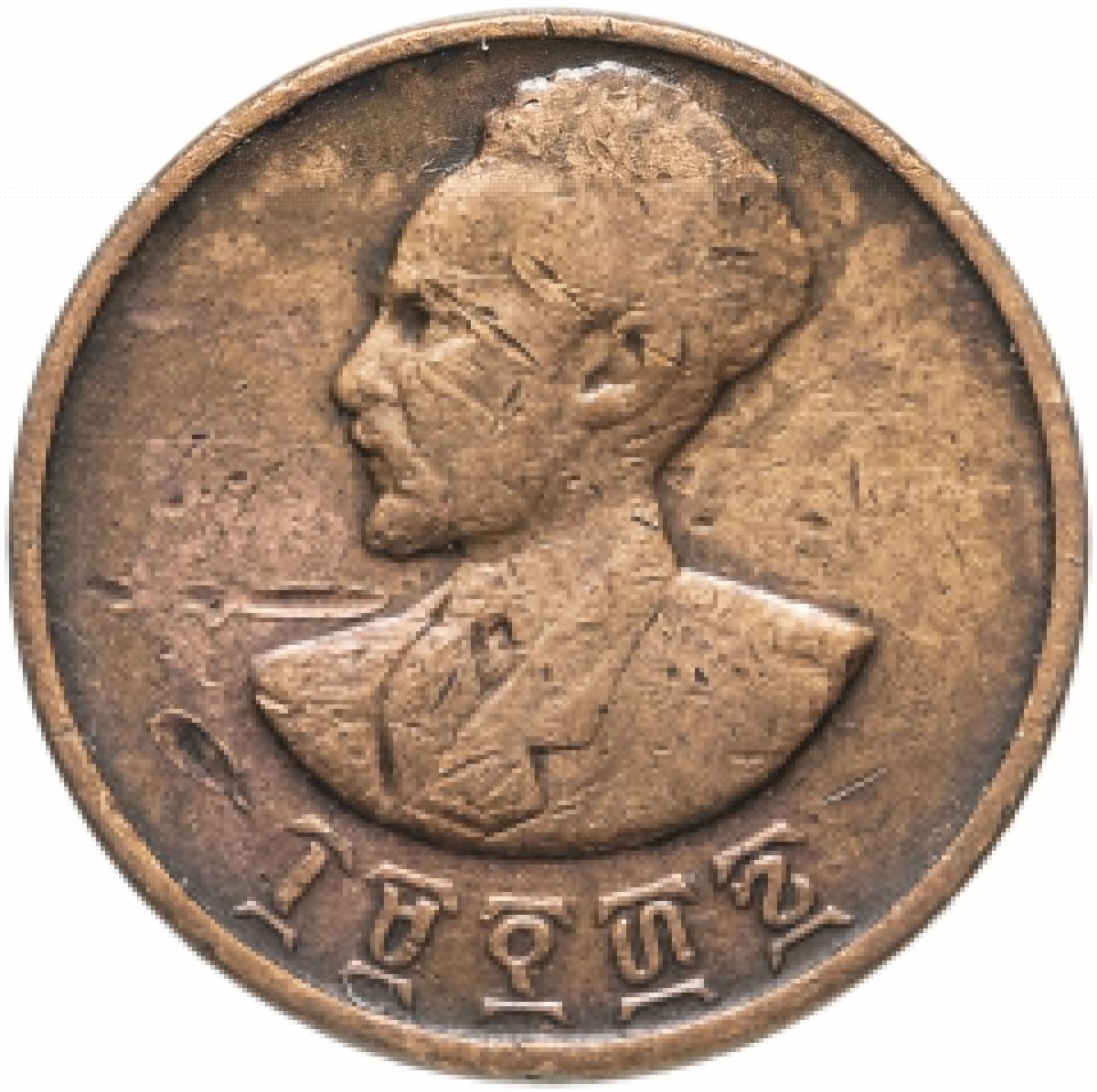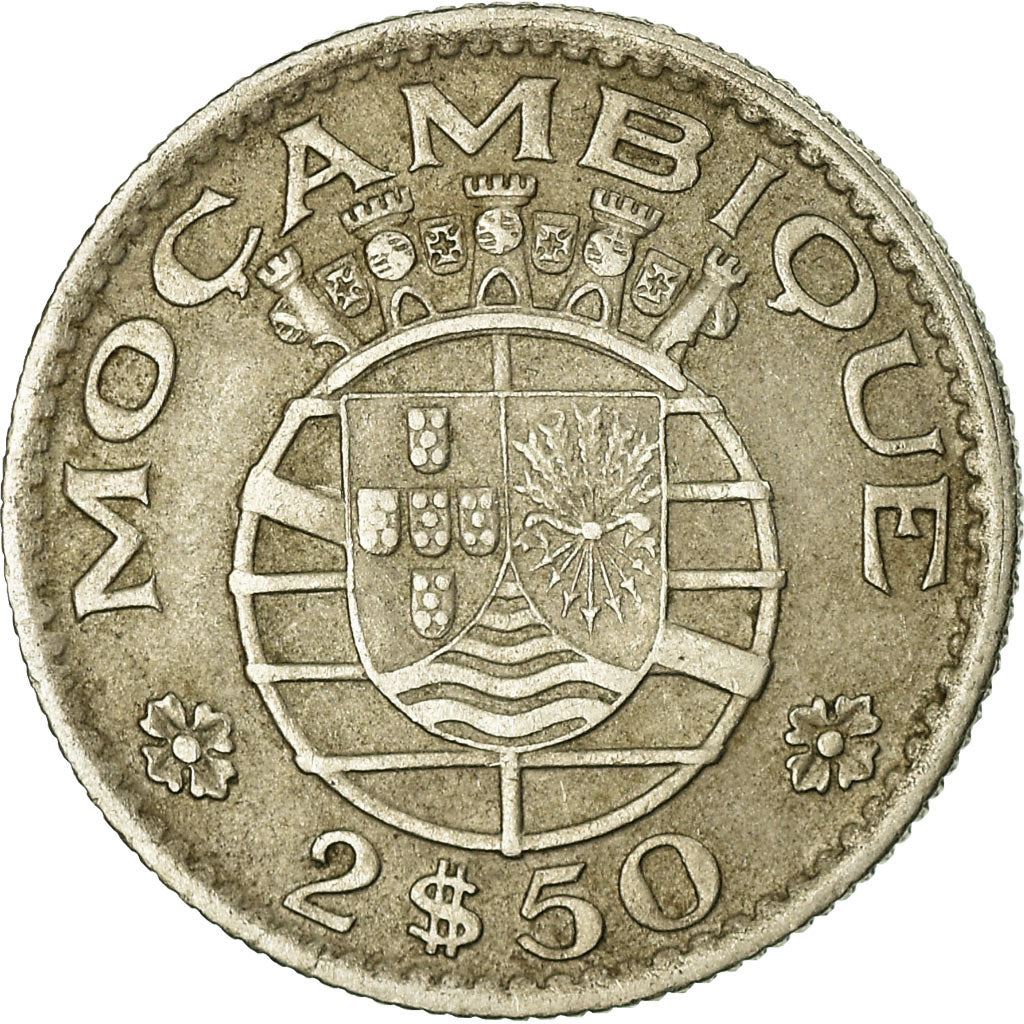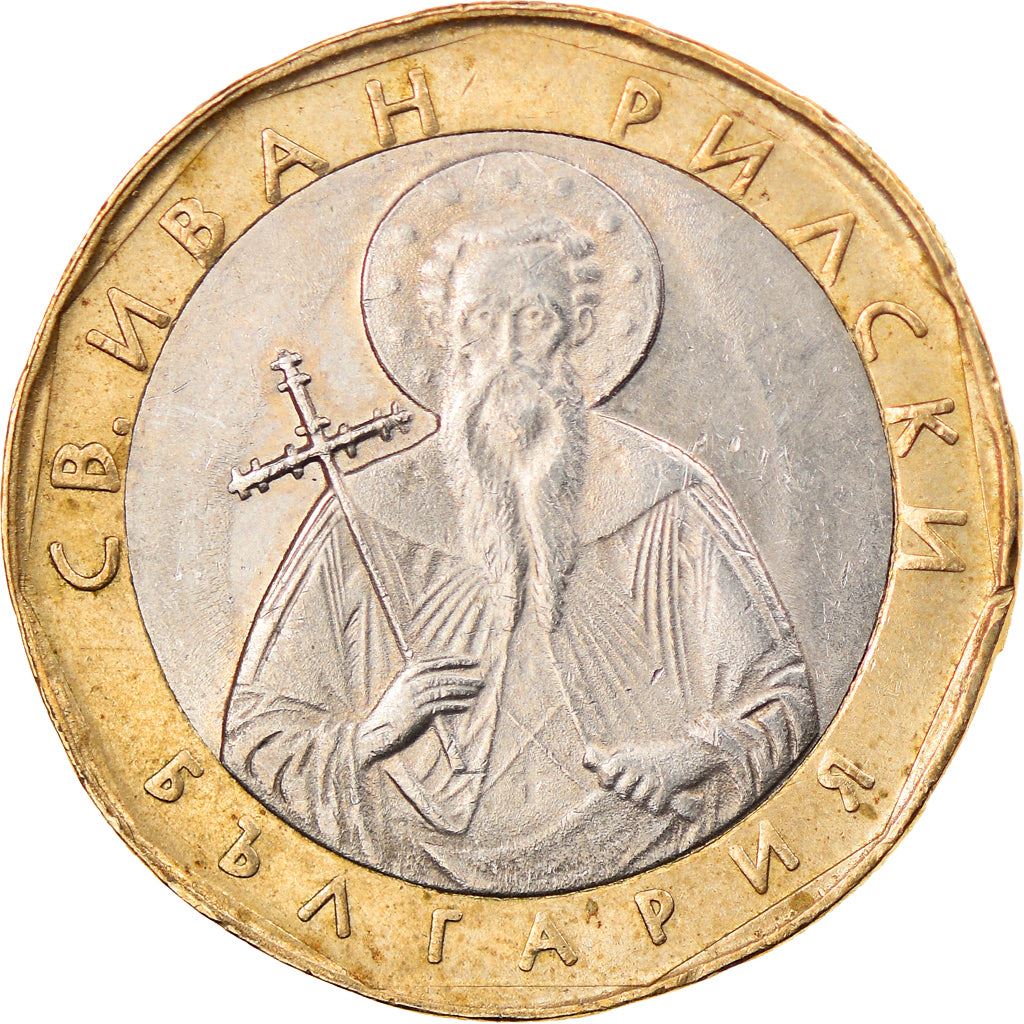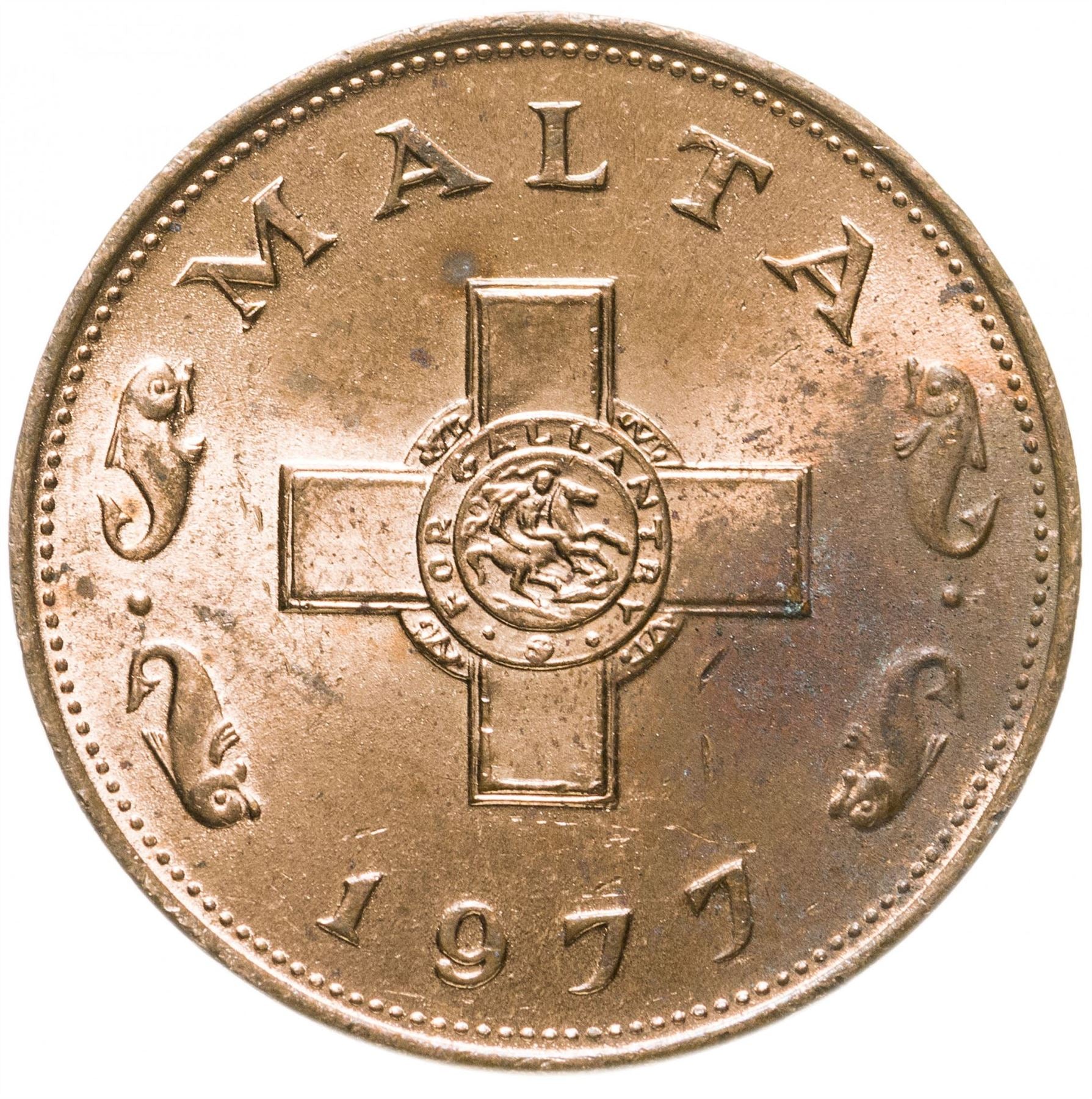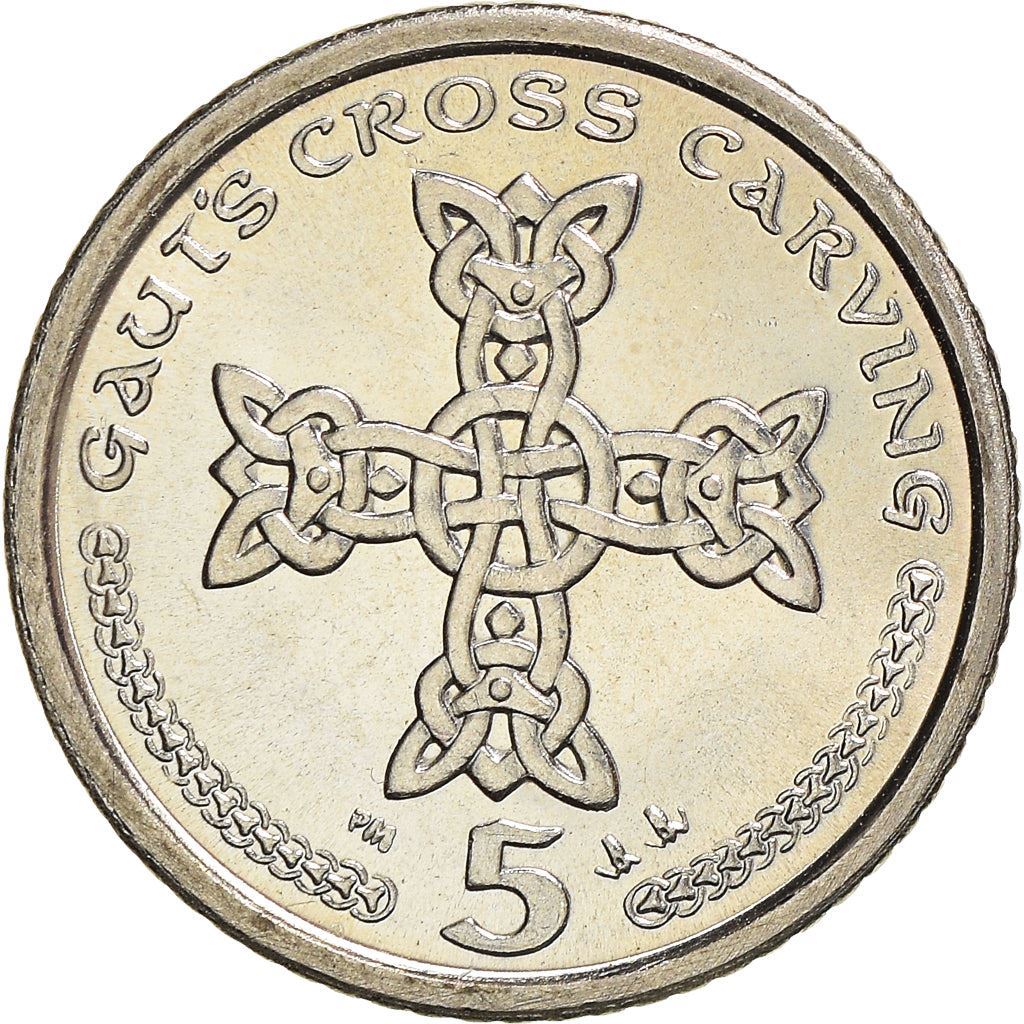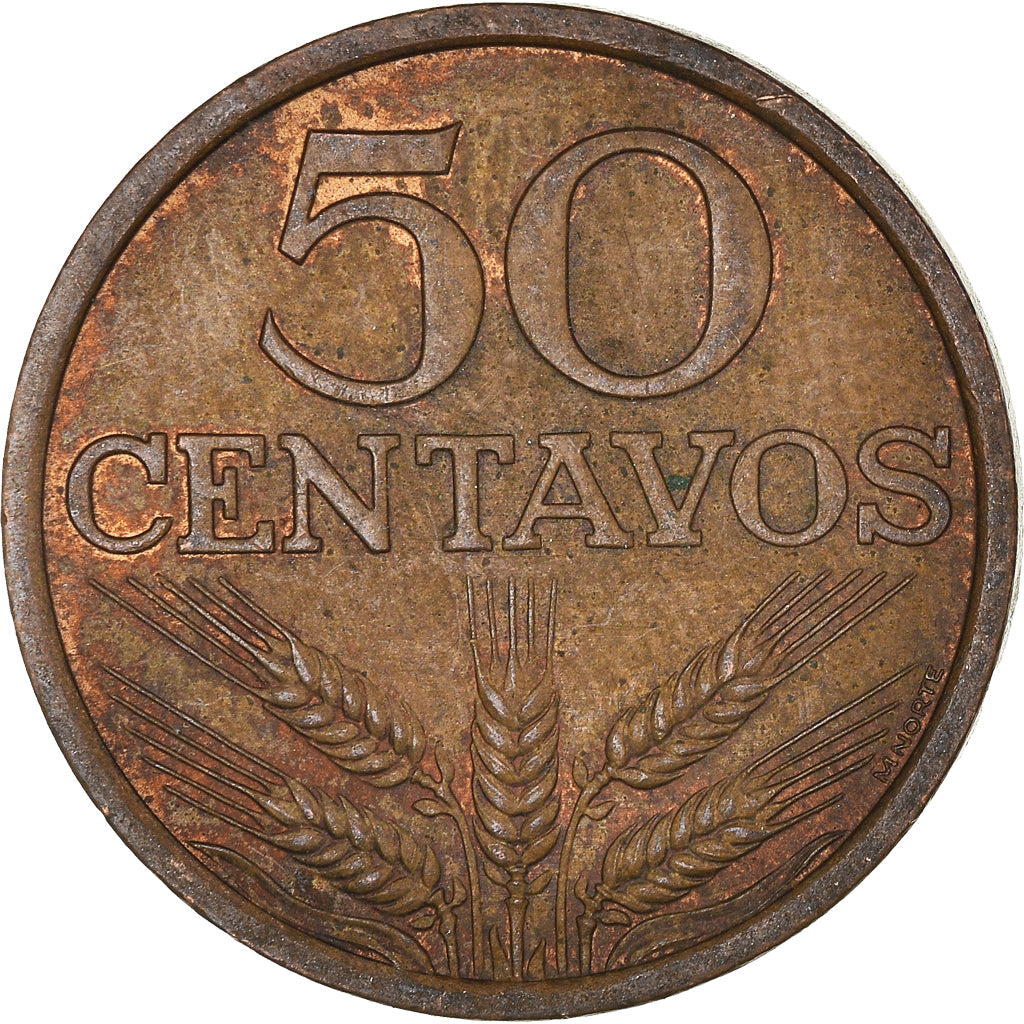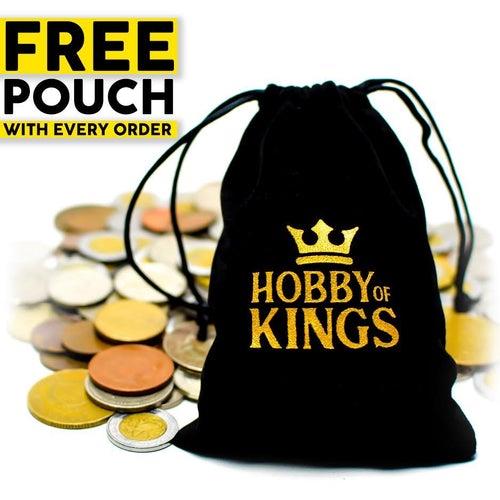Main menu
-
-
-
- Algeria (36)
- Botswana (31)
- Egypt (140)
- Ethiopia (17)
- Ghana (34)
- Kenya (52)
- Libya (7)
- Mauritius (23)
- Malawi (27)
- Morocco (39)
- Namibia (8)
- Nigeria (23)
- Tanzania (17)
- Tunisia (29)
- Sierra Leone (8)
- Seychelles (41)
- South Africa (247)
- Swaziland/Eswatini (22)
- Uganda (34)
- Zambia (24)
- Zimbabwe (15)
- Western African States (8)
-
- Afghanistan (20)
- Armenia (9)
- Azerbaijan (7)
- Bahrain (29)
- British Ceylon (0)
- China (26)
- Cyprus (44)
- Georgia (11)
- Hong Kong (62)
- Iran (26)
- Iraq (12)
- Israel (59)
- India (283)
- Indonesia (47)
- Japan (24)
- Kazakhstan (35)
- Kuwait (20)
- Lebanon (32)
- Macau (6)
- Malaysia (31)
- Maldives (20)
- Malaya and British Borneo (1)
- Nepal (85)
- North Korea (16)
- Oman (142)
- Pakistan (60)
- Philippines (89)
- Saudi Arabia (38)
- Singapore (35)
- South Korea (19)
- Sri Lanka (80)
- Syria (2)
- Taiwan (25)
- Thailand (117)
- United Arab Emirates (29)
- Vietnam (11)
- Qatar (23)
-
- Albania (28)
- Austria (49)
- Belarus (4)
- Belgium (99)
- Bulgaria (84)
- Bosnia and Herzegovina (2)
- Croatia (26)
- Czech Republic (10)
- Czechoslovakia (65)
- Estonia (13)
- Denmark (104)
- France (156)
- Finland (59)
- Germany (283)
- West Germany (13)
- East Germany (23)
- German Reich (32)
- Nazi Germany (17)
- Greece (89)
- Guernsey (45)
- Hungary (87)
- Iceland (48)
- Ireland (29)
- Italy (86)
- Jersey (56)
- Kingdom of Prussia (1)
- Poland (155)
- Latvia (23)
- Lithuania (21)
- Luxembourg (32)
- Malta (26)
- Moldova (4)
- Netherlands (74)
- North Macedonia (10)
- Norway (65)
- Portugal (52)
- Russian Federation (9)
- Russian Empire (4)
- Romania (88)
- Serbia (17)
- Sweden (97)
- Spain (141)
- Slovenia (15)
- Slovakia (9)
- Soviet Union (70)
- Switzerland (40)
- Turkey (105)
- United Kingdom (295)
- Ukraine (29)
- Yugoslavia (92)
-
- Aruba (10)
- Bahamas (18)
- Barbados (20)
- Belize (16)
- Bermuda (25)
- Cayman Islands (20)
- Canada (140)
- Cuba (59)
- Costa Rica (67)
- Dominican Republic (31)
- Eastern Caribbean States (28)
- Guatemala (3)
- Honduras (10)
- Jamaica (35)
- Mexico (80)
- Netherland Antilles (22)
- Nicaragua (50)
- Panama (60)
- Trinidad & Tobago (20)
- United States (214)
-
- Banknotes (145)
- Currency supplies (18)
- Berlin wall (1)
- Postage stamps (21)
Cross
50 products
Showing 1 - 48 of 50 products
The Cross is a principal symbol of Christianity, representing the crucifixion of Jesus Christ and symbolizing faith, salvation, and sacrifice. Its depiction on coins has been a significant practice throughout history, highlighting its importance in religious, cultural, and political contexts.
Historical Significance
-
Early Christian Period:
- Constantine the Great: The cross first appeared prominently on coins during the reign of Emperor Constantine the Great. After his conversion to Christianity, Constantine adopted the cross as a symbol of the faith, marking the beginning of its widespread use on coinage. This included the Chi-Rho symbol, a form of the cross, on his coins to signify divine favor and protection.
-
Medieval Period:
- Crusader Coins: During the Crusades, coins often featured the cross, symbolizing the Christian cause and the church’s influence. These coins were minted by various Christian states and military orders, serving as both currency and religious propaganda.
- European Monarchs: Many medieval European monarchs included crosses on their coins to reinforce their divine right to rule and their commitment to defending Christianity.
Symbolism and Usage
-
Faith and Salvation:
- The cross symbolizes the core beliefs of Christianity: the sacrificial death of Jesus Christ and His resurrection. It represents faith, redemption, and the promise of eternal life for believers.
- Coins featuring the cross often served as a public declaration of the issuing authority's Christian faith and a reminder of the spiritual values upheld by the society.
-
Authority and Legitimacy:
- Incorporating the cross on coins also reinforced the legitimacy and divine sanction of rulers and states. It signified that their authority was granted and blessed by God, aligning their rule with the moral and spiritual guidance of the church.
-
Cultural and Historical Commemoration:
- Coins with cross designs commemorate significant religious events, such as the establishment of Christian kingdoms, victories in battles deemed holy wars, or milestones in the church's history.
Notable Examples
-
Byzantine Empire:
- Byzantine coins frequently featured the cross, often in conjunction with the images of emperors and religious figures. This emphasized the unity of church and state in the empire.
- The gold solidus of Justinian II, for instance, depicted a cross on steps, symbolizing the emperor's Christian faith and the empire's foundation on Christian principles.
-
Medieval European Coins:
- Cross Pattee and Cross Crosslet: Various styles of crosses, such as the Cross Pattee and Cross Crosslet, were used on medieval European coins. These designs were not only religious symbols but also markers of the issuing authority's power and territory.
- Crusader States: Coins from the Crusader states in the Holy Land often featured prominent cross designs, reflecting their mission to defend and expand Christian territories.
-
Modern Coins:
- National and Commemorative Issues: In modern times, many countries issue coins featuring the cross to celebrate their Christian heritage or commemorate significant religious events. For example, the cross appears on commemorative coins marking anniversaries of Christian missions, significant church events, or the canonization of saints.
Design Elements
-
Artistic Representation:
- The cross on coins can vary from simple and plain designs to elaborate and ornate representations, sometimes accompanied by other Christian symbols such as the lamb, the fish, or inscriptions from the Bible.
- The style of the cross (Latin cross, Greek cross, Celtic cross, etc.) often reflects regional artistic traditions and the specific message intended by the issuer.
-
Complementary Symbols:
- Coins may feature the cross alongside other religious or regal symbols, such as crowns, scepters, and religious icons, enhancing the coin's thematic richness and its symbolic narrative.
Conclusion
The cross on coins serves as a powerful symbol of Christian faith, authority, and heritage. Its depiction across different historical periods and regions underscores its enduring significance as a representation of spiritual and temporal power. Whether in ancient Byzantine currency, medieval European coinage, or modern commemorative issues, the cross continues to be a profound symbol of faith and identity.

